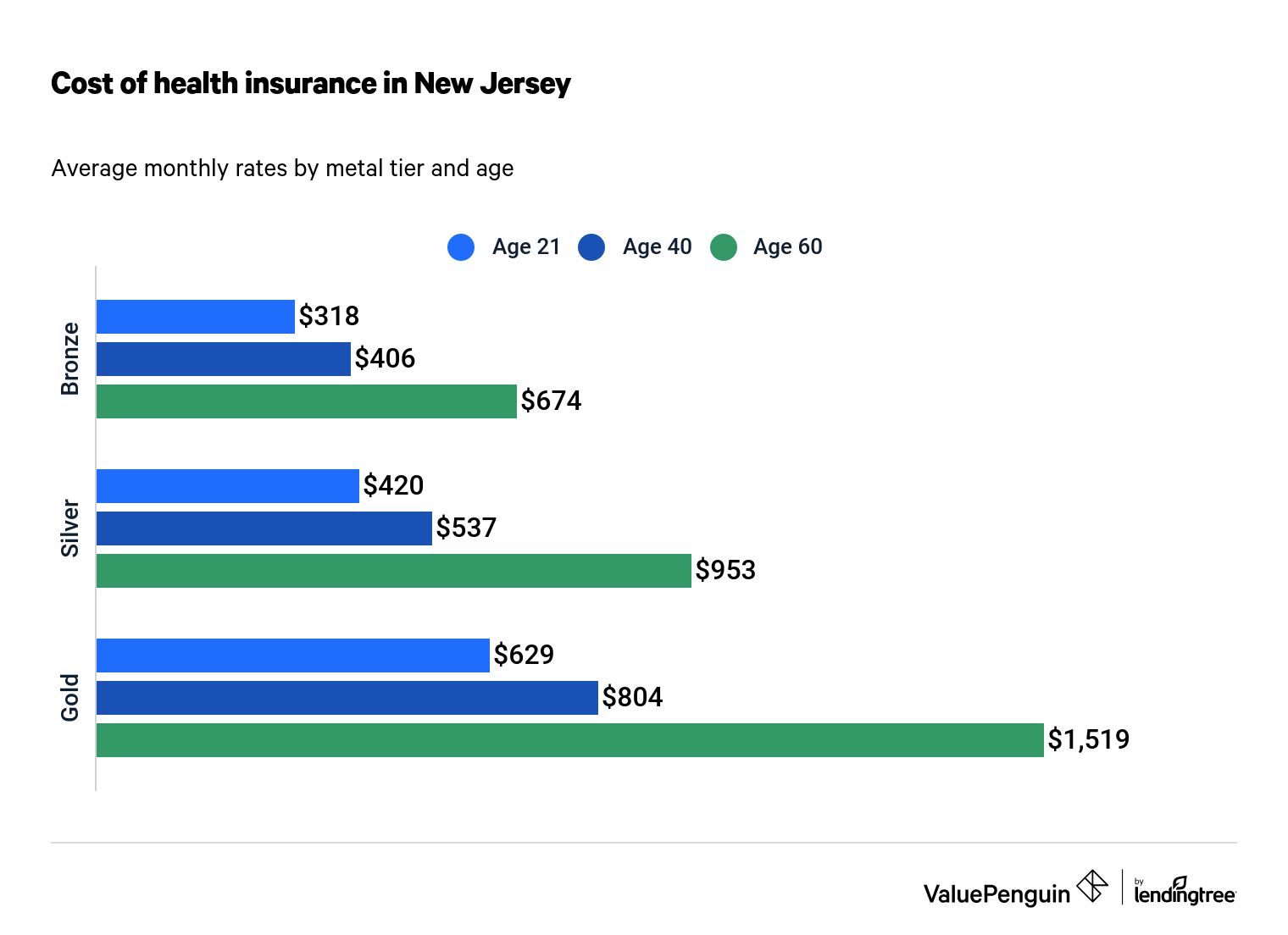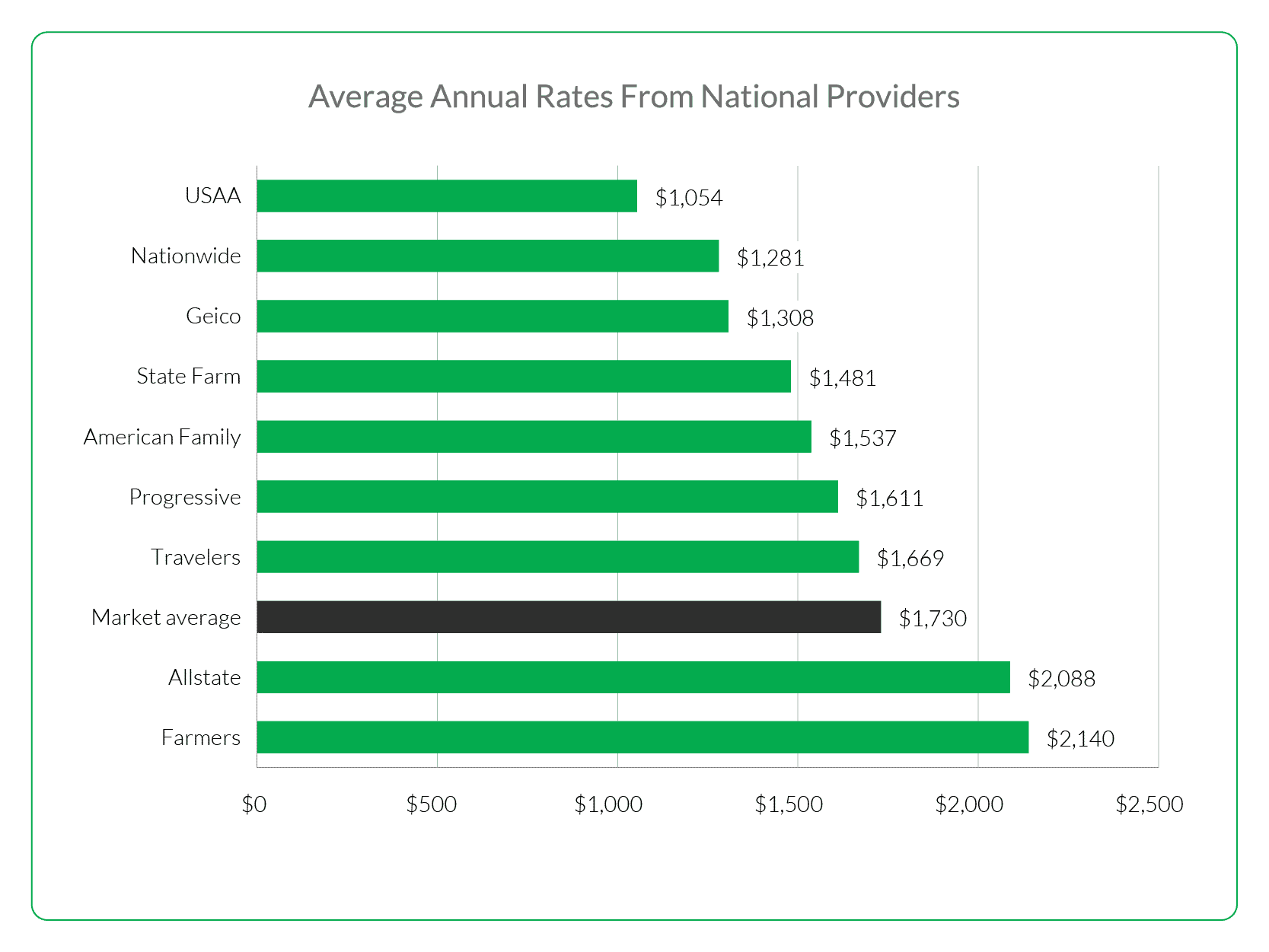
Many employers consider health insurance a crucial part of their compensation package. The cost of these benefits has risen steadily over the past decade. These factors include rising deductibles and prescription drug costs, as well as the increasing cost of health system pricing. These trends are driving both the rise in premiums as well as depressing wages. Many employers are frustrated with increasing costs and administrative burdens. Others are seeking non-wage options.
Employers are increasingly using wellness programs through wearable technology. One survey revealed that 55% of employers have access to data from employees' wearable devices. While price increases are still the primary driver of health insurance, more employers are exploring new payment options to keep employees healthy.
According to the Congressional Budget Office (CBO), the number Americans who are covered by employer-sponsored health plans will remain the same 159million in ten year. This means that health insurance will remain a tax-favored option. In 2019, however, the cost for single coverage will exceed 9.86 percent of household income.

Premiums do not include the cost associated with health insurance. They also include the cost of deductibles. A quarter of American workers have a minimum $2000 deductible. This is the reason why many companies are opting for a self-insured plan, which is a way to reduce the overall cost of the benefits. Self-insured plans save money when claims are low. If the claim is more than anticipated, the employer will have to pay an additional amount.
Small group rates are determined by the age mix of the employees. For example, in Massachusetts, workers under age 25 pay an average of $1186 per year, while those over the age of 25 pay about $6,896.
Larger employers have greater control of plan coverage. Most large employers offer a biometric screening to their employees. They offer a health and wellness program to encourage employees to see lower-cost doctors. Public sector employers can also customize their health plans to meet employees' needs.
The Affordable Care Act will shift employers with 51 to 100 employees into a merged health insurance market in 2016. These employers will pay premiums that can go up to 9 %. States are required to establish a rate each year. Those who don't offer affordable plans are subject to a $3,480 annual penalty.

To comply with the ACA some small employers will need to make additional contributions to subsidize employee health insurance. For example, in Massachusetts, employers are expected to contribute $50 per employee per year.
Despite these requirements the number of companies offering health insurance is continuing to decline. After a decade of rapid increases, many small employers are frustrated with the uncontrollable cost of benefits. Although these health insurance rates are not increasing for most employers, some are still finding it difficult to retain employees.
As unemployment remains low, so is the difficulty in keeping employees. This is a problem for employers. Employers who don't provide health insurance for their employees will be subject to a $2,320 penalty per employee. Failure to comply with COBRA (a law that requires employers provide ongoing health care for their employees) can result in thousands of dollars in penalties.